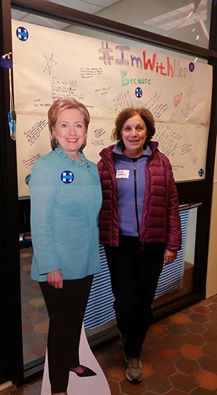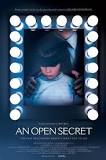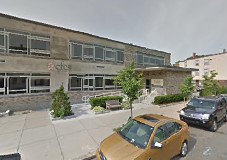Having made calls and canvassed for Hillary Clinton, author Anita M. Harris is saddened, confused and ...
new cambridge observer
In this independent commentary, author Steven Cushing draws parallels between 1933 Germany and the present, and...
“Convergence science has advanced across many fronts, from nanotechnology to regenerative tissue,” says Nobel Laureate Phil Sharp...
Phil Sharp of the MIT Koch Institute invites the public to vote in the first "Convergence Idea...
After seeing the shocking documentary "An Open Secret," Boston critic Sheila Green urges Hollywood, news outlets,...
Public is invited on October 14, 2015, to an event at the Cambridge Innovation Center at which...





